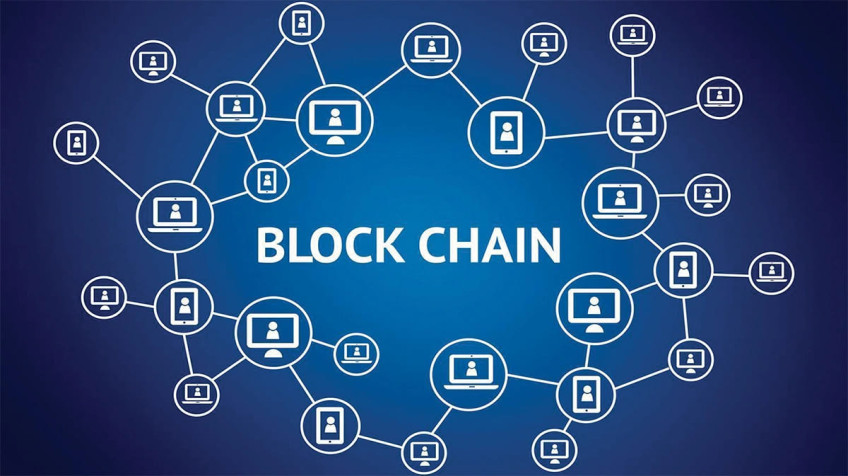15 Jan, 2023
Admin
Blockchain
Unleashing the Power of Blockchain Technology: A Revolution in the Digital Era
In the ever-evolving landscape of technology, one innovation has stood out as a game-changer—Blockchain. Initially introduced as the underlying technology for Bitcoin, blockchain has since evolved into a transformative force with the potential to revolutionize industries beyond finance. This decentralized and distributed ledger technology is reshaping the way we store, manage, and transfer data. In this blog, we'll delve into the intricacies of blockchain technology, exploring its key components, applications, and the impact it has on various sectors.
Understanding Blockchain:
At its core, blockchain is a decentralized database or ledger that records transactions across a network of computers. The term "blockchain" refers to the way data is structured: information is stored in blocks, and these blocks are linked together in a chronological chain. Each block contains a list of transactions and a unique identifier called a hash, while the chain ensures the integrity and immutability of the data.
Key Components of Blockchain:
Decentralization:
The absence of a central authority is a fundamental characteristic of blockchain. Unlike traditional systems where a central entity controls the database, blockchain relies on a network of nodes (computers) that work together to validate and record transactions. This decentralization enhances security, transparency, and trust.
Consensus Mechanism:
To validate transactions and add them to the blockchain, a consensus mechanism is employed. The most well-known mechanism is Proof of Work (PoW), used by Bitcoin, where participants (miners) solve complex mathematical puzzles to validate transactions. Another mechanism is Proof of Stake (PoS), where validators are chosen based on the amount of cryptocurrency they hold and are willing to "stake" as collateral.
Cryptography:
Cryptography plays a crucial role in securing transactions and ensuring the privacy of users. Public and private keys are used to authenticate participants and facilitate secure transactions. The robust cryptographic techniques employed by blockchain make it highly resistant to fraud and tampering.
Applications of Blockchain Technology:
Cryptocurrencies:
While Bitcoin remains the poster child for blockchain applications, numerous other cryptocurrencies have emerged, each with its unique features and purposes. Ethereum, for example, introduced smart contracts, self-executing contracts with the terms of the agreement directly written into code, enabling a wide range of decentralized applications (DApps).
Supply Chain Management:
Blockchain offers a transparent and immutable record of the entire supply chain. From the origin of raw materials to the final product, every step can be tracked in real-time, reducing fraud, ensuring product authenticity, and optimizing efficiency.
Finance and Banking:
The financial sector has embraced blockchain for its ability to streamline processes, reduce costs, and enhance security. Cross-border payments, remittances, and even the issuance of digital currencies by central banks (Central Bank Digital Currencies, or CBDCs) are being explored.
Healthcare:
Blockchain's decentralized nature and strong security measures make it ideal for managing healthcare records. Patients can have greater control over their data, and healthcare providers can access accurate and up-to-date information.
Smart Contracts and Decentralized Applications (DApps):
Smart contracts enable trustless and automated execution of agreements, eliminating the need for intermediaries. DApps, built on blockchain platforms like Ethereum, are decentralized applications that leverage the power of blockchain for various purposes, from gaming to decentralized finance (DeFi).
Impact on Industries:
Increased Transparency:
Blockchain's transparent and tamper-proof nature fosters trust among participants. In industries like food and pharmaceuticals, consumers can trace the entire production and distribution process, ensuring the authenticity and safety of products.
Enhanced Security:
The cryptographic techniques employed by blockchain make it highly resistant to hacking and fraud. This is particularly beneficial in sectors such as finance and healthcare, where the security of sensitive data is paramount.
Cost Savings:
The removal of intermediaries, streamlined processes, and automation facilitated by smart contracts contribute to significant cost savings. This is evident in financial transactions, supply chain management, and various administrative processes.
Conclusion:
Blockchain technology has transcended its initial association with cryptocurrencies, emerging as a transformative force with far-reaching implications. Its decentralized and secure nature makes it a promising solution for industries seeking increased transparency, efficiency, and trust. As we continue to unlock the potential of blockchain, we are witnessing the dawn of a new era in the digital landscape—one where decentralized and transparent systems redefine how we interact, transact, and collaborate.


